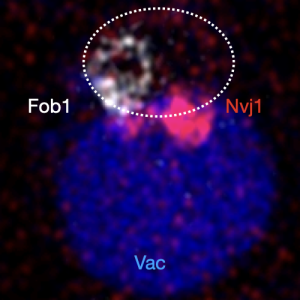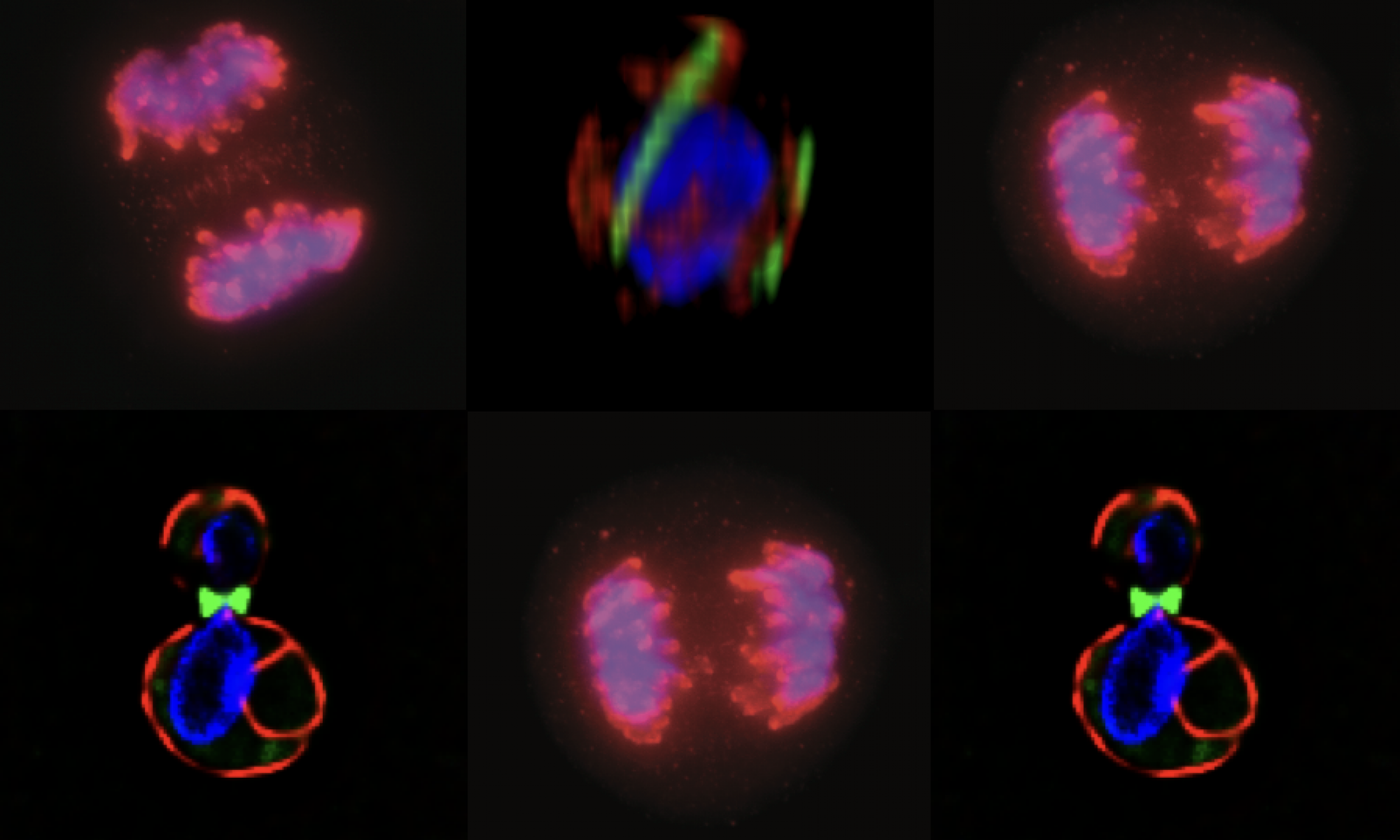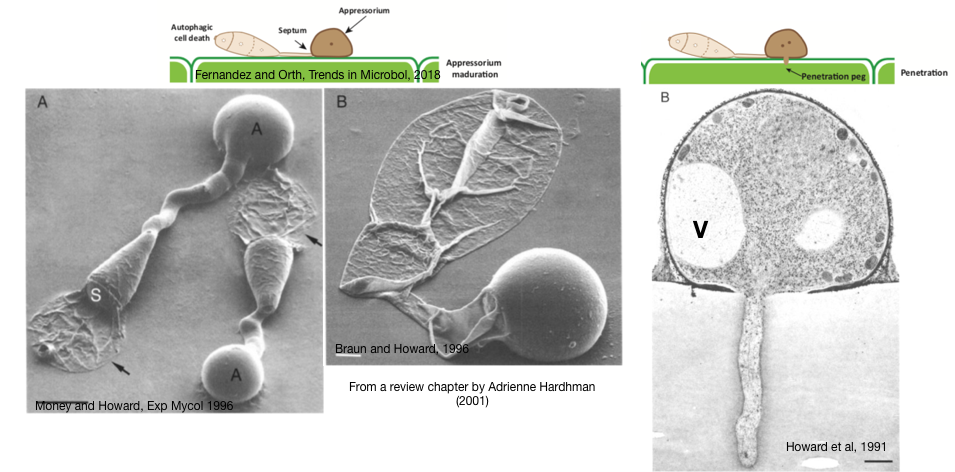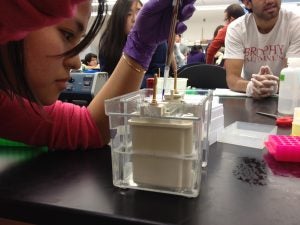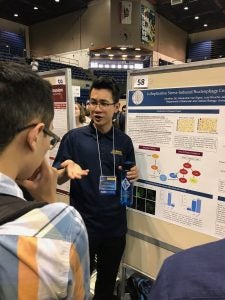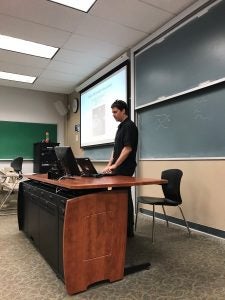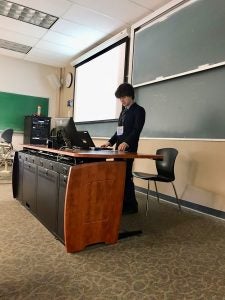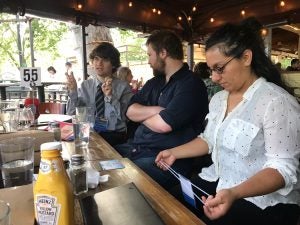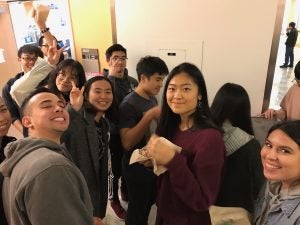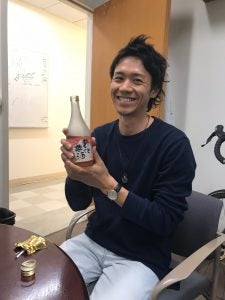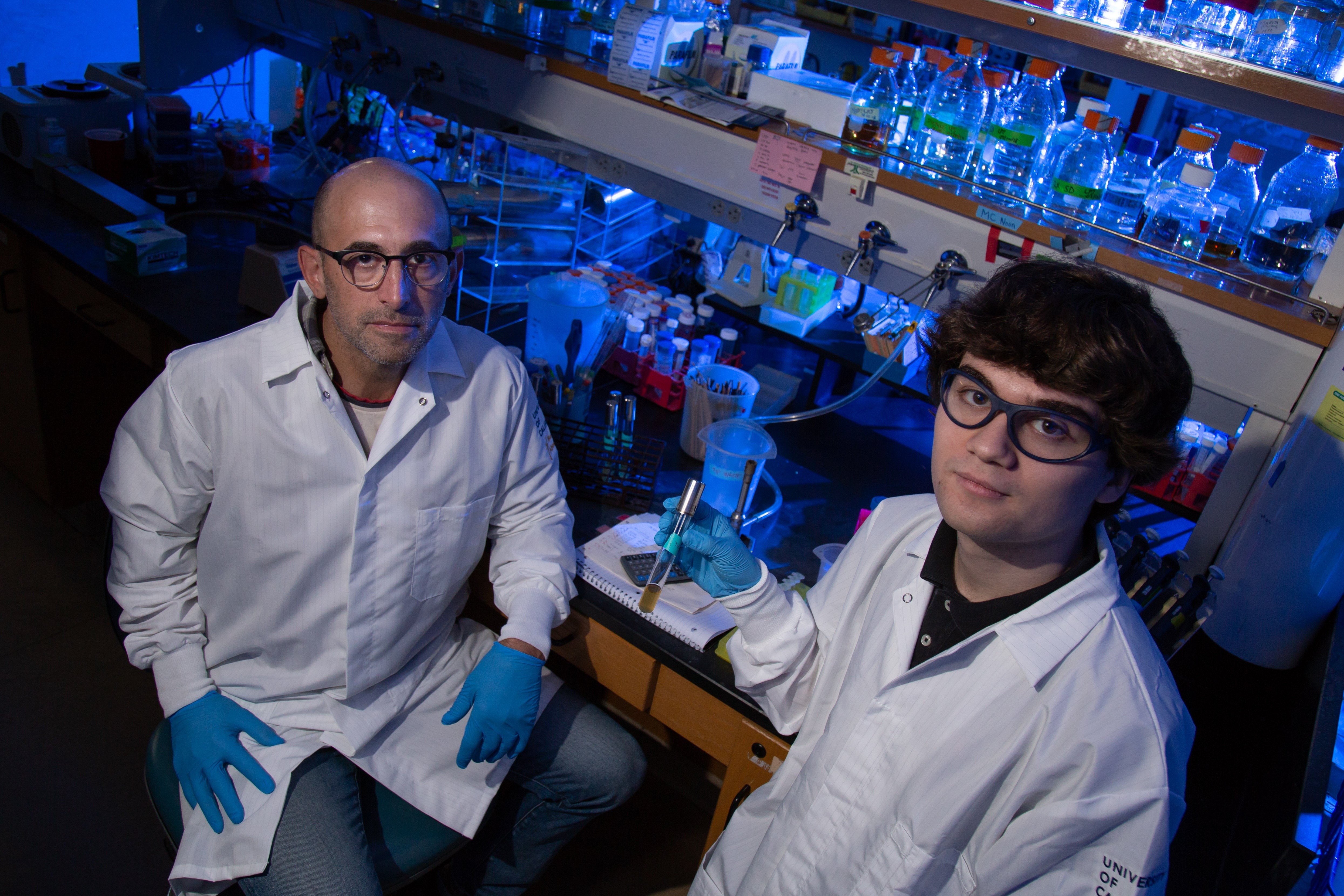The educator and biologist, Bryan Dewsbury, inspired me to better understand my students by asking them to participate in the ThisIbelieve.org project. The more I thought about this project the more convinced I became that it’s important to establish a space where we (students and me) can have an open, honest dialogue about what matters. I used to text from the “ThisIBelieve” project with the slight tweak that asked students to connect what they believe to their relationship with biology. In a class of >100 cell biologists, this became a theme in discovering the complexity of cellular functions. I am posting my personal example that I shared with the class and then I will post a stream of consciousness summary of their beliefs that I read aloud in class.
I believe that the exploration of our shared biology is implicitly revolutionary. There are many events and experiences that led me to this belief, but a stand-out experience has to do with my 9th grade science teacher. Brian Cullen was (and probably still is) an iconoclast, by which I mean that he questioned everything and asked us (how cool was it that he included 14 year olds??!!) to join him in questioning what we were told. Not surprisingly, Brian had a fraught relationship with parents and the school administration. In his 9th grade general science class, he cast the traditional scientific topics in terms of revolutionary thinkers. He told us the story of the scientists/thinkers who he called “the great ego busters” — those who rightly diminished the centrality of humans in the world. Darwin, who taught us that we weren’t a “chosen” species but that we descended from “simpler” life, that I later came to appreciate as not simple, but as equally remarkable. Copernicus, who showed us that our planet was not at the center of the known universe. Freud, who argued that we are not even in control of our own thoughts, but rather our thoughts are influenced by our subconscious and events during our early development that we cannot even recall. There were other thinkers that fell into the same mold for Brian and that he sprinkled into our classes, like spices added to accentuate the flavor of a perfect recipe — Buckminster Fuller for example, “an American architect, systems theorist (whoa!), writer, designer, inventor, philosopher and futurist” (Wikipedia; read about his 1960s views on renewable energy). During this time of my life, I also experienced the uncertainty that comes from financial instability. For me, this confirmed my sense that not all was as it appeared to be and I learned to navigate these uncertainties by questioning what people told me was true. As I began to experience biological research in college, I brought my instinct to question everything with me. It contributed to my frustration with learning dogma and my thrill in discovering new things that allowed me to revisit what I thought I knew to be true. Though using science in the service of others was also appealing to me (i.e., the medical school route – I applied), the possibility of revolutionizing how we think about our shared biology grew more and more attractive to me the more time I spent in inquiry. Over the years of thinking about the revolutionary aspect of inquiry, I have also been inspired in how it connects my professional life as scientist and teacher to my role in society. A main practice of my personal philosophy is to identify those areas of conflict and tension in our political discourse that can benefit from a “re-thinking” of our shared biology. Critically, the work of historians has taught me modesty even as I engage daily in small acts of revolution. It’s not only the ego-busters that matter, “…what matters is the countless small deeds of unknown people who lay the basis for the significant events that enter history.” (Noam Chomsky paraphrasing the historian Howard Zinn). I believe that our path forward for our world is through the revolution that comes from constant and protracted inquiry.
BIS104, Cell Biology Students ThisIBelieve about our biology statements (summer 2022)
I believe that billions of years of biology allow for the full color of human possibilities and none of us are “unnatural”.
I believe in the safety and silence of books.
I believe in the power of generosity and kindness and genetics.
I believe in exercise for staying mentally and physically healthy.
I believe in making the lives of animals better, especially dogs.
I believe in the ability of animals to forgive us.
I believe that uncovering the unknowns of biology are thrilling, exciting and humbling.
I believe in the sacredness of nature and that we are part of the universe’s equilibrium.
I believe our parents are just regular people doing their best.
I believe in “why?”.
I believe science should be inclusive.
I believe I might be an imposter.
I believe everyone should feel wanted.
I believe biology equates with saving lives.
I believe that biology is the foundation for mental health.
I believe that what you eat matters.
I believe that biochemistry is the key (lock and key, get it!) to everything.
I believe that knowledge constantly changes, but the world is still not flat.
I believe we are all alike, mostly.
I believe our shared biology is designed to be understood and to be used responsibly.
I believe human curiosity is our most endearing trait.
I believe in the never-ending journey of learning and that our understanding of biology is under constant construction.
I believe that the language of biology is not universal and requires teachers.
I believe in evolution and a creator.
I believe in the primacy and the power of RNA machines and in the complexity of the small.
I believe that not all data is good data.
I believe science is about passing knowledge on to the next generation (and scientists are cool).
I believe biology is both beautiful and tragic.
I believe that memorizing facts about biology ruins it.
I believe that not everyone has to believe what I believe [very meta!].
I believe we are all made of star stuff.
I believe we uniquely perceive the world through our human senses
I believe that nurture not nature is what determines who you are as a person.
I believe I can be more than what my ancestry suggests.
I believe that my love of biology is personal.
I believe in finding purpose.
I believe our biology embodies the struggles of our existence
I believe biology is messy.
I believe biology (and science) belong to everyone.
I believe no mountain is too high to climb.
I believe no one can tell me what my path is or is not.
I believe you do not have to be a doctor.
I believe prevention is the best medicine.
I believe western medicine is not the only way to find health.
I believe our biology is in a feedback loop with society and culture.
I believe biology is “me”.
I believe you cannot control what happens to you but only how you react to it.
I believe there is beauty and frustration in the complexity of biology.
I believe understanding biology does not equal certainty and the one constant is change.
I believe that your “beliefs” are cellular.
I believe in common-sense biology.
I believe that helping is a choice.
I believe our mission as scientists is flawed.
I believe science will either fix the world’s problems or make them worse and understanding this comes with great responsibility.
I believe in the power of “it is what it is”.
I believe my body is a science experiment and illness is the best teacher.
I believe my life isn’t over. I believe that change is good.
I believe we have the power to change our own destiny.
I believe in starting over.
